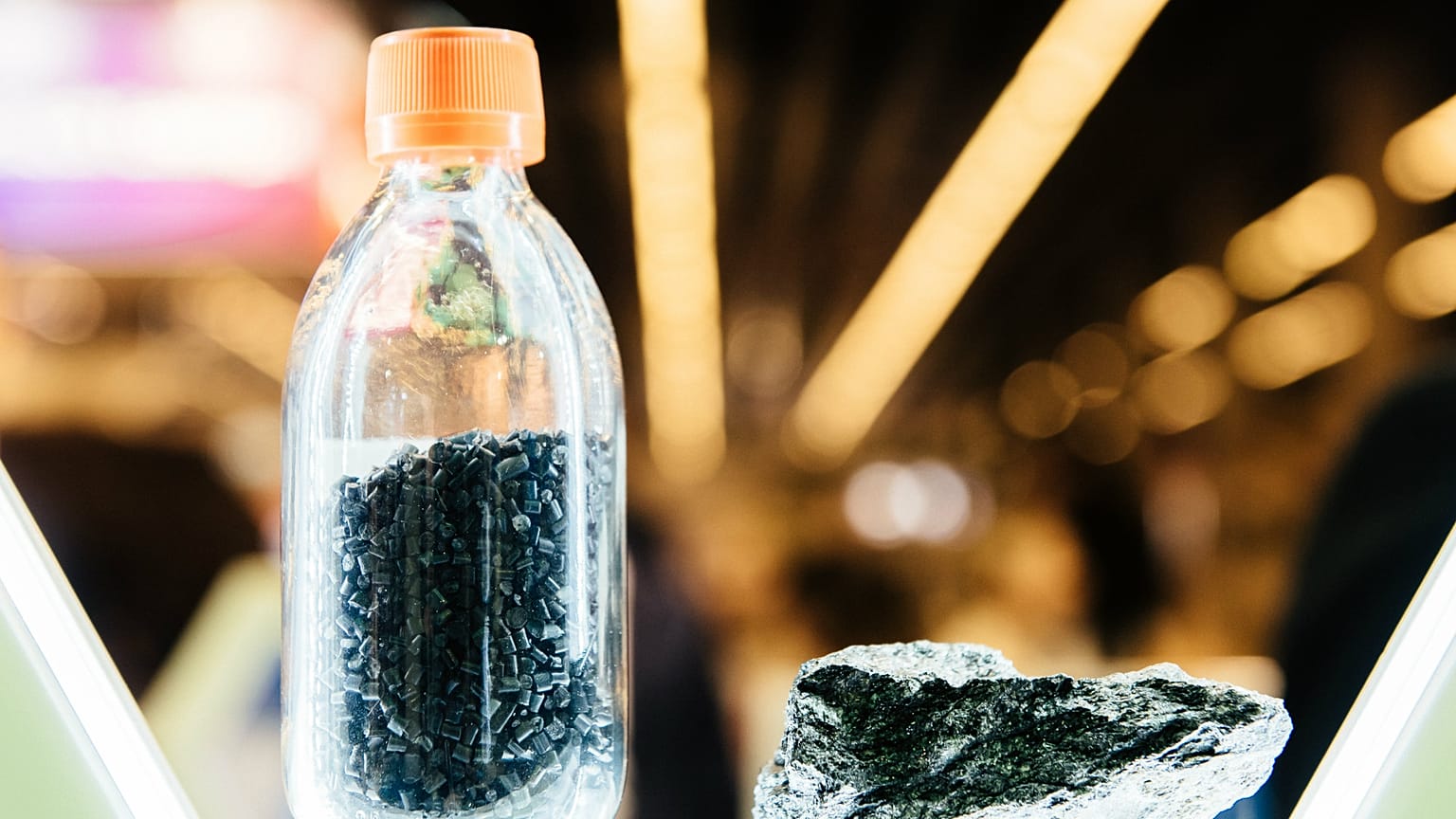Now there's a free manual on how to make the material of the future.
Graphene has been dubbed the material of the future for its unbelievable strength and the myriad of potential applications it offers and European researchers have just released the first-ever manual on how to produce it.
The manual was released by the Graphene Flagship consortium composed of universities and companies. Founded in 2013, it is one of the three big EU-funded science projects with a budget of over €1 billion until 2023.
The consortium hopes the manual will boost the uptake of the material which has the potential to revolutionise whole industries.
Graphene is a layer of carbon atoms obtained from graphite, which we can find, for example, in the tip of a pencil.
Arranged in a honeycomb-like pattern, it is 200 times stronger than steel, harder than diamond, and carries both heat and electricity better than any other material including gold or copper. And it's also a million times smaller than a strand of hair.
Seventy researchers participated in the elaboration of the free, 500-pages manual.
"It's a big book that encompasses the description of many of the most important methods to produce graphene and other two dimensional materials," Mar García Hernández, from Graphene Flagship told Euronews.
Researchers from Graphene Flagship have shown that at least 1,800 different layered materials exit but so far, only a few have truly been investigated.
"For any application of graphene or related materials, you need first to be able to make it. For this reason, a book or a paper that gives you precise details on how to make these materials, how to characterise them, how to transfer them from the good substrate to the final substrate is going to be very useful," Andrea Ferrari, Graphene Flagship's Science and Technology Officer told Euronews.
The material's flexibility and resilience mean it can be used in a variety of industries such as aeronautics, space exploration, medicine, energy or electronics.
Last December, Graphene Flagship partnered with some of Europe's biggest companies including Airbus, Fiat-Chrysler Automobiles, Lufthansa Technik, Siemens and ABB among others to take graphene-enabled prototypes to commercial applications.
One of the projects will develop state-of-the-art vision sensors, which could be critical for the safe functioning of self-driving cars while another will use graphene-based filters to remove contaminants such as pesticides and dangerous pathogens from drinking water.















